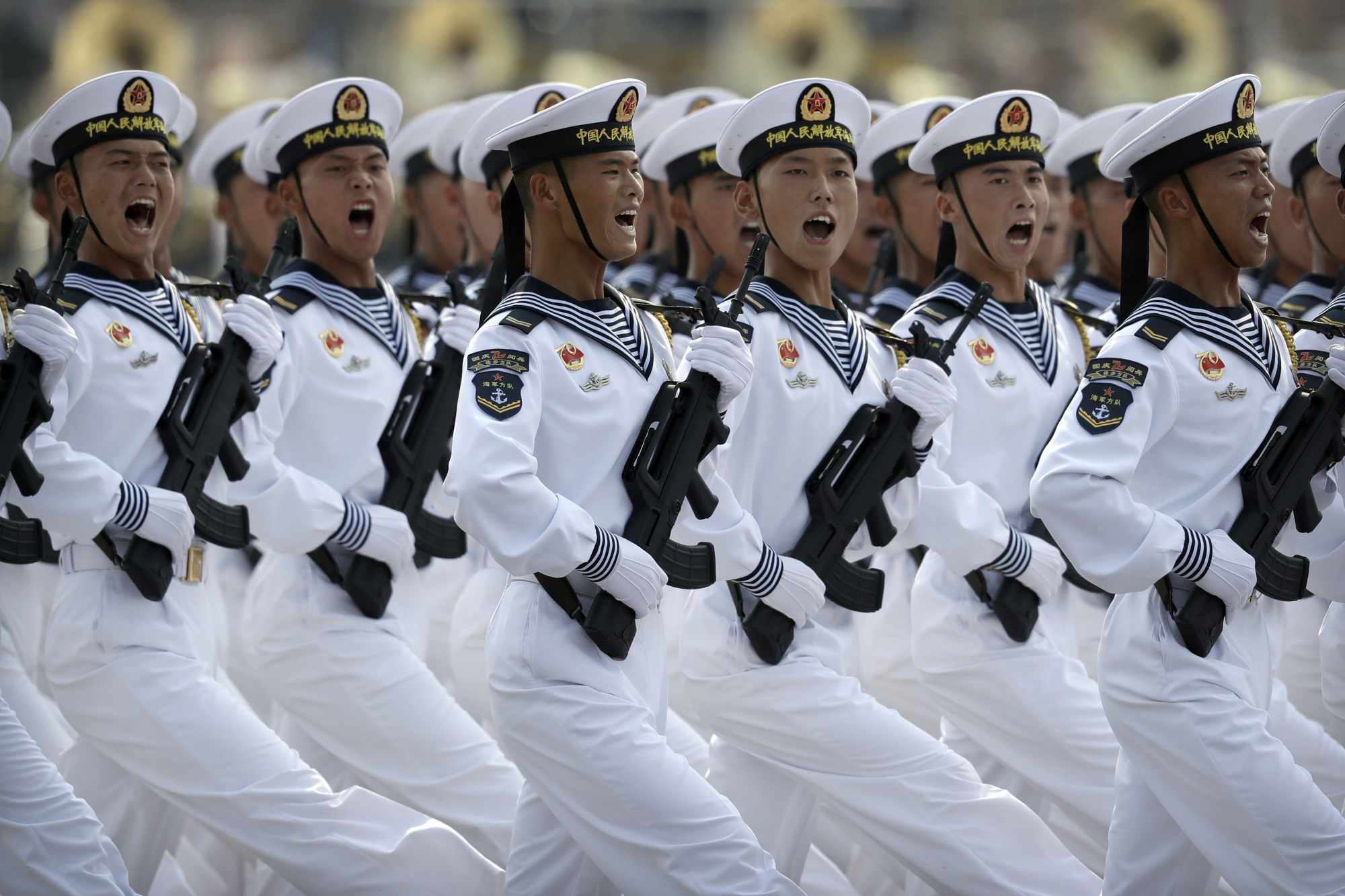Through nearly three years in office, the Trump administration has made a lot of noise about competing with China geopolitically but has often struggled to lay out, coherently, what America seeks to achieve. So it is encouraging that the State Department is beginning to articulate a sharper idea of what the United States is against in the Indo-Pacific — and, more importantly — what it is for.
The guiding concept: "Pluralism." That may not sound very sexy, but it captures the essential difference in U.S. and Chinese visions for the region. And, significantly, it taps into three of the richest historical traditions of American grand strategy.
David Stillwell, the assistant secretary of state for East Asian and Pacific affairs, explained this strategy of pluralism in a speech in Washington last week. The basic idea is that the U.S. doesn't need to dominate the Indo-Pacific or force the region to conform to any single model, so long as no one else can dominate the region or make it conform to a single model, either. A pluralistic region is one in which countries are free to make their own security, economic and political choices — where "they are secure in their sovereign autonomy" and "no hegemonic power dominates or coerces them." Pluralism is about preserving the freedom and openness in which diversity can flourish.



